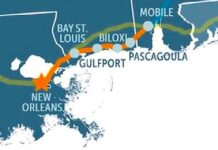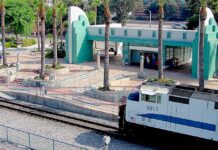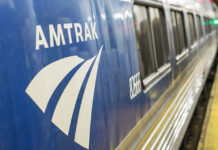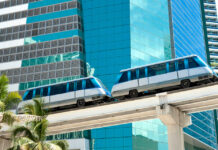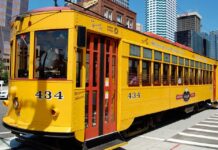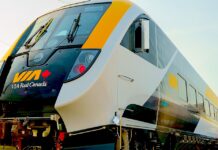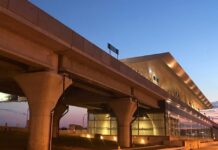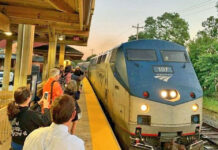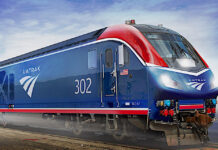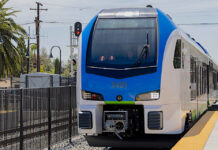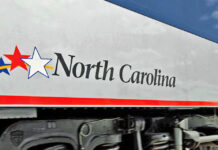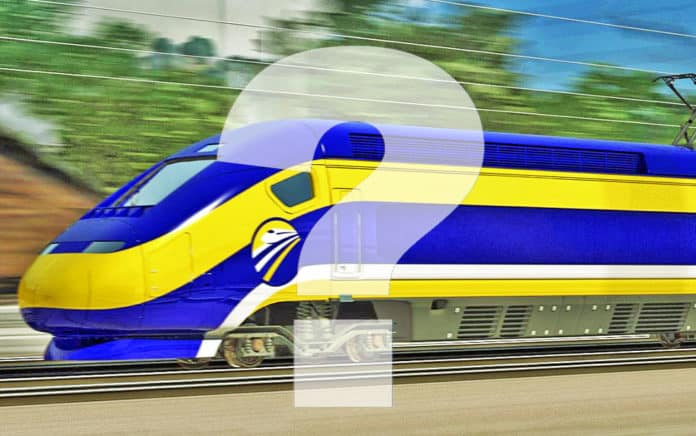
Will California bullet train be high speed?
A new debate has emerged in the battle over California’s high-speed rail project – should the trains even be high speed when the system launches? That’s a conversation Democrats in the state Assembly want to have amid negotiations over whether to release about $4 billion in bond money for the project. Democratic Gov. Gavin Newsom included it in his state budget, but negotiations between his administration and the Legislature have stalled. It’s the latest setback for the project, originally expected to cost $33 billion and be completed last year. Today the vision of shuttling passengers between Los Angeles and San Francisco in less than three hours is a distant dream. [apnews.com]
How Italy’s high-speed trains helped kill Alitalia
Over a decade ago, when Francesco Galietti had to travel from his native Rome to Milan for work, he used to fly the nearly 400-mile route. Today, he takes the train. Galietti is not alone. The number of passengers taking the train on the country’s main business route, between Rome and Milan, has almost quadrupled in the ten years since Italy’s high-speed rail network debuted. Over two thirds of people traveling between the two cities now take the train. Which leads you to wonder, as Italy’s national airline shuts down — did the high-speed railways kill Alitalia? Galietti thinks so. [cnn.com]
Before interstates, America got around on interurbans
At the turn of the 20th century, interurban railways connected towns and cities throughout the U.S. Bigger and better-appointed than streetcars, they used the latest clean-energy innovation: electric power provided by the overhead wires. The nation’s interurbans peaked in 1916 with 15,580 miles of lines. That same year also saw the Federal Aid Road Act allocate $75 million for road improvements. Instead of being the wave of the future, the interurban turned out to be a transitional mode of transportation. But the dream of clean, fast, frequent rail travel between U.S. cities never really died. [bloomberg.com]
Analysis: Amtrak fiscal 202 results favor longer routes
While Amtrak’s fiscal 2021 saw revenue and ridership both off 63% from 2019, the last year not impacted by COVID-19, long-distance trains suffered less of a setback than state-supported and Northeast Corridor operations. Long distance routes consistently outperformed other corridors, despite reductions from daily to triweekly frequencies and other negative impacts. For the fiscal year ending Sept. 30, combined ridership of long distance, state-supported, and Northeast Corridor service totaled 12.8 million passengers, compared with the 32.8 million carried between October 2018 and September 2019. [trains.com]

